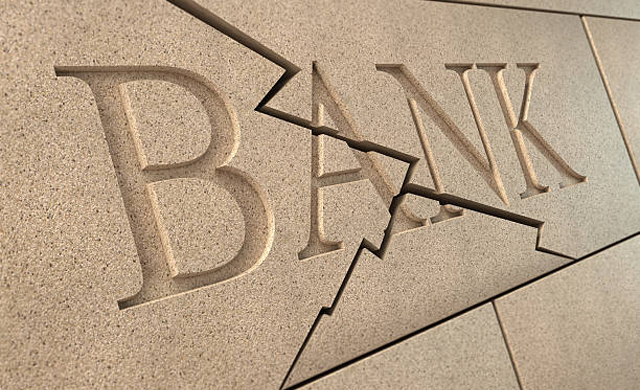The failure or collapse of banking systems due to financial crisis strikes a high degree of astonishment and dread in the hearts of key players in the market. A good example to illustrate this point is the recent failure of the Silicon Valley Bank and the current anxiety surrounding US smaller banks. New gamers may be unaware that bank failures are a very frequent event in the history of the banking sector. This was a recurring theme in the 1980s, when it seemed like one US bank failed every week. However, over the years, the number of bank failures has decreased significantly. But we must know that failure is a typical occurrence in the banking sector.
Here are some of the compilations of some failed banks over the years:

Yamashiro Bank (1998)
The 1998 collapse of Yamashiro Bank was regarded as the biggest failure in the history of Japanese banking. When the bank collapsed, its assets were estimated to be worth $240 billion. A number of issues, including poor loans, overly ambitious developments, and the Japanese economic crisis of the 1990s, contributed to the bank’s bankruptcy. The Japanese government had to step in and seize control of the banks’ activities so that they could prevent the escalation of the crisis.
Lehman Brothers (2008)
This global investment bank declared bankruptcy in September 2008. The bank’s failure contributed significantly to the world financial crisis of that time. Lehman Brothers’ exposure to subprime mortgages was a major factor in its failure.
Washington Mutual (2008)
Prior to its collapse in September 2008, Washington Mutual was the biggest savings and loan organization in the United States of America. Subprime mortgages made up a sizable portion of the balance sheet of the bank, which was a contributing factor to the collapse of the bank. This was the largest bank failure in the history of the United States of America, with assets worth more than $300 billion.
Baring Bank (1995)
When it was discovered that one of its employees, Nick Leeson, had engaged in unauthorized trading, it led to its demise in 1995. After the bank failed, this shocked the financial community. Baring Bank, a British investment bank, was later bought by ING, a Dutch bank.
IndyMac Bank (1991)
This is a bank based in the United States of America that focuses on subprime mortgages. The failure of the bank was also significant in the history of the United States, as its asset at the time of its collapse was $32 billion. The Federal Insurance Corporation (FDIC) acquired the bank. They later sold the bank to OneWest Bank.

Bank of Credit and Commerce International (BCCI) (1991)
A succession of scandals and investigations into money laundering, bribery, and other illegal activity led to the failure of BCCI, a Pakistani bank, in 1991. This bank also took its place in history as one of the largest bank failures, having more than $20 billion in assets at the time of its collapse. Agha Hasan Abedi, who was the founder of the bank, was charged with fraud and money laundering.
Continental Illinois National Bank and Trust (1984)
This bank failed in 1984 due to its involvement in the energy sector. As of 1984, this bank failure was viewed as the largest in America’s history, with an asset value of over $40 billion. The ownership of the bank was taken over by the FDIC, then it was later acquired by Bank of America.
Northern Rock (2007)
This UK-based bank failed in 2007 as a result of its exposure to the subprime mortgage sector. The bank was nationalized by the United Kingdom government after its collapse, marking the first bank run in the country in more than 150 years. Virgin Money later acquired the bank.
Icelandic Banks (2008)
These banks include Landsbanki, Glitnir, and Kaupthing. These banks are among the casualties of the global financial crisis of 2008. Before the global financial crisis, the banks had rapidly expanded and had a sizable amount of exposure to the Icelandic real estate business sector. The Icelandic government had no choice but to nationalize its banks, as a result of which the nation experienced a serious economic crisis.
The fact that Iceland handled the failure of its bank in a mature manner was the nicest aspect of the Icelandic banks’ failure. It didn’t attempt to socialize the losses by saving the banks and letting the executives get away with it. Many financial executives from Iceland were imprisoned as a result of the failure of their individual institutions. If this were implemented as a global policy, it would prevent bankers from being overly ambitious when embarking on risky ventures with other people’s money.
Learn from market wizards: Books to take your trading to the next level

 Hot Features
Hot Features












